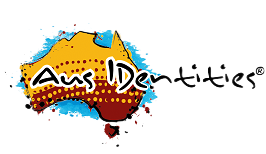Menu
Professional Development
Coaching & Training
'Empowering people everywhere, from
the classroom to the boardroom.'
“The team’s cohesiveness has increased dramatically, and there is a totally new level of trust and understanding underpinning day-to-day activities. These have all impacted positively on both productivity and team dynamics, resulting in a happier, more aligned and effective team.”

REED Property Group
"Incredibly eyeopening and even life changing. Our sessions have instantly left me with more knowledge about myself and given me so much energy to focus on what I do best"

Alva Rosenqvist - Top Converter
“Our session with AusIDentites helped us to understand our own and each other’s strengths and weaknesses and helped us to focus on how to use these to our benefit and support each other.”

Natalie Dalton – Frozen Sunshine
“Everyone was talking about the presentation. They said it was the most valuable PD they had been to.”

Maree Cansick – Catholic Education
“Successful all round and well worth the invested time and money. Just got the app too, and the stress section matches me exactly! Thanks again!”

Lindsey Cox – Wandspro
“It goes beyond listening and empathy by having a framework within which to navigate styles of communication and ways of working.”

Christine Parfitt – Ironwater Pty Ltd
Welcome to
AusIDentities
Originally released in 2005, AusIDentities has since been introduced to more than 350 schools across the country, as well as a growing number of community groups, educational organisations and businesses.
We are now seeking to partner with motivated people and organisations to assist us with the promotion and delivery of AusIDentities across your region or state.
Simply click the button below to connect with us and learn more about the different opportunities we offer.
Welcome to
AusIDentities
Featured In
Just a few of our Valued Customers


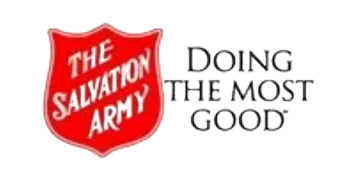

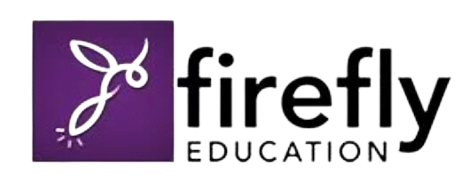



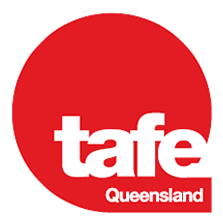












Meet the Crew
Insights into the Four Personalities

Dolphin
As a Dolphin you probably thrive in a harmonious setting free from conflict, where you are able to take a relaxed and authentic approach to both people and tasks, offering others reassurance, acceptance and support. Therefore, a supportive environment tends to be very important to Dolphins, both in the classroom and later on in the workplace.
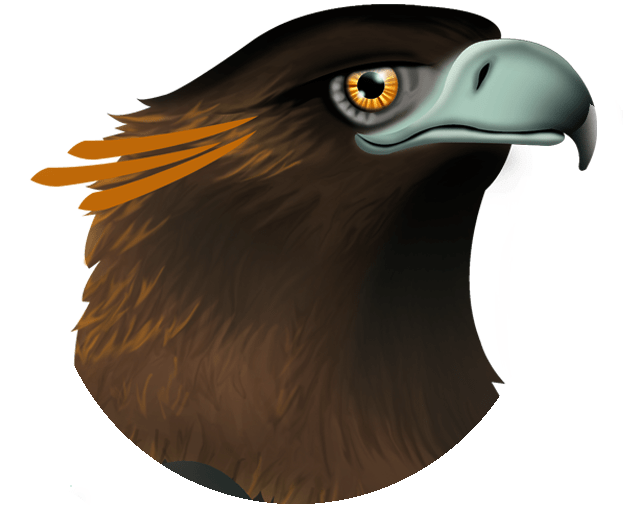
Eagle
Eagles will usually find value in a teacher or leader who is intelligent, logical and consistent, and has a well-defined sense of fairness where everyone is treated equally according to an agreed set of parameters. Naturally self-driven, you tend to do well in whatever you decide to undertake, and when it comes to performance, you want clear outcomes.

Kangaroo
Kangaroos are usually quite playful and thrive on variety. You enjoy learning through personal experience, and the more interactive lessons can be made the better. Although. just like your animal namesake, you may have something of a tendency to ‘leap before you look’, a quality that can get you into trouble but will also make you fun to be around.
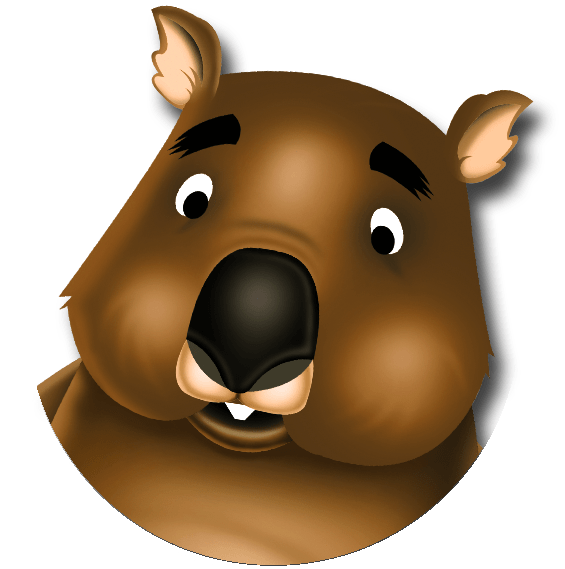
Wombat
Wombats in the wild are wonderfully predictable little creatures, always returning to the same burrow and using familiar paths to travel along. People of this type enjoy having similar levels of stability and adjust well to routines. You may also enjoy being part of a club, group or team, especially when you are able to contribute in a constructive way.
Frequently Asked Questions
What people are asking about AusIDentities
There are times in the life of every teacher when the behaviour of their students can leave them either pulling their hair out in frustration, or merely scratching their heads in bewilderment. This relationship between teacher and student has been a regular pattern down through the ages and there have been more than a few attempts to help overcome these perceived problems and differences. It seems that we want our young people to be happy and to be able to express who they are; but we also want them to behave, especially in the classroom.
What happens though when the behaviours that we observe in our young people are not really out of character for who they are, when the strategies that they use to deal with life and learning are not so much damaging as they are different? What we need, now more than ever, is a deeper understanding of how our young people see life, a sort of window into their world, and to use this knowledge to take a step towards the establishment of a more congruent and harmonious learning experience, for both Student and Teacher.
AusIDentities was originally developed to assist school based students gain a greater sense of their own identity, while also helping Teachers and Parents to understand about different teaching and learning styles. While there are a number of excellent resources already available to support the history and development of the different personality types, we needed to capture the imagination of our youth and at the same time involve the adults, in a colourful and inviting way. It is our firm belief that Aus Identities offers all of this, and more, on what is seen as just the first step to a greater understanding of ourselves and the way that we interact with others.
AusIDentities is a system that is based upon the four Temperaments, which were originally introduced to the public arena by American Psychologist David Keirsey. These four Temperaments are then linked to various Australian animals, the Eagle, the Dolphin, the Kangaroo and the Wombat. The benefits of understanding the viewpoint and different learning styles of our young people is immense, not least because we can communicate better and often anticipate their needs ahead of time.
The choice for these animals is two-fold; to increase appreciation of the Australian native wildlife, and to set this system apart from other similar systems that might already be in use. Games have also been designed to assist with the clarification of type and to enhance the understanding of the primary differences between the four types. The target age groups are from 8-14 years and from 14 years to adult.
More information on the types is readily available from our website and because AusIDentities has been designed to work in harmony with existing resources and compliment other material, we are able to recommend various publications to support the integration and validation of this simple yet sophisticated system.
Animal totems pervade many ancient myths and cultural traditions and have been used for centuries to foster spiritual growth and guide people in their lives. Knowledge of animal totems can also enhance our understanding of the innermost aspects of human nature by revealing more of a person’s innate character, and by borrowing from the wisdom of these ancient cultures, we often add to a modern approach to life that has all too often failed to recognize the inter-connectedness of all things.
AusIDentities builds upon all of this knowledge and wisdom, making it accessible by linking aspects of observable human behaviours to the characteristics of some well-known Australian animals, the Dolphin, Eagle, Kangaroo & Wombat. This not only gives AusIDentities a uniquely Australian flavour, but also allows us to incorporate aspects of these ancient traditions to help us find our way.
An excellent example of the use of totems is among some of the native North American tribes, where one of a child’s first teachings was that of the four great powers of the medicine wheel, which are inherent in each of us. These powers are each appointed a place on the wheel at one of the four points of the compass, North, South, East and West, accompanied by a specific set of gifts or characteristics, as well as a symbol represented in the form of a medicine animal and a colour.
In the North we discover wisdom and logic the colour of which is white and whose medicine animal is that of the Buffalo. It is in this aspect that we are able to learn how to receive with our minds.
In the South we are able to learn about innocence and trust, the colour of which is green and whose medicine animal is the Mouse. Here we are able to learn the subtle lesson of how to give freely.
In the East we discover illumination and enlightenment where we are able to see things clearly far and wide, which has the medicine animal of the Eagle and whose colour is gold like the morning star.
In the West we find the ‘Looks-Within’ place, representing the sometimes introspective and insightful nature of humanity, whose colour is black and where we find the Bear as the medicine animal.
The story of the medicine wheel states that when we are born, each of us will adopt a beginning place within these four directions, which in turn will give us our first perspective of life.
This perspective is destined to become our easiest and most natural way of experiencing the world. Once we have learnt to appreciate this way, personal growth can then occur for us by seeking a greater understanding of each of the other three directions. Only in this way can we become whole, capable of making balanced decisions for our lives, not just relying on one, single perspective.
Many indigenous Australians also used animal totems. Each of the four elements: earth, water, air and fire, had a role to play in Aboriginal life. Different creatures, due to their habitats or Dreamings, had an affinity with each (and maybe two or three) of these elements; although this is a modern interpretation. This gave them a strong connection to their natural environment and, since they were never allowed to harm or eat the flesh of their particular animal totem, a deep respect for nature.
This message of respect for nature is something that we also seek to encourage. We want to help reconnect people, especially our young people, with the natural world of plants and animals to which we are inextricably linked, as well as draw attention to the historical use of animal totems and the benefits of having a strong and healthy sense of identity.
Incorporating aspects of ancient knowledge and contemporary research, AusIDentities gives people of all ages a greater understanding of who they are and how to better take care of themselves. We have taken simple concepts regarding self-awareness and good health and applied them in a holistic way, helping to address our deepest physical, mental, emotional, and perhaps even spiritual needs, to bring us back into balance again.
